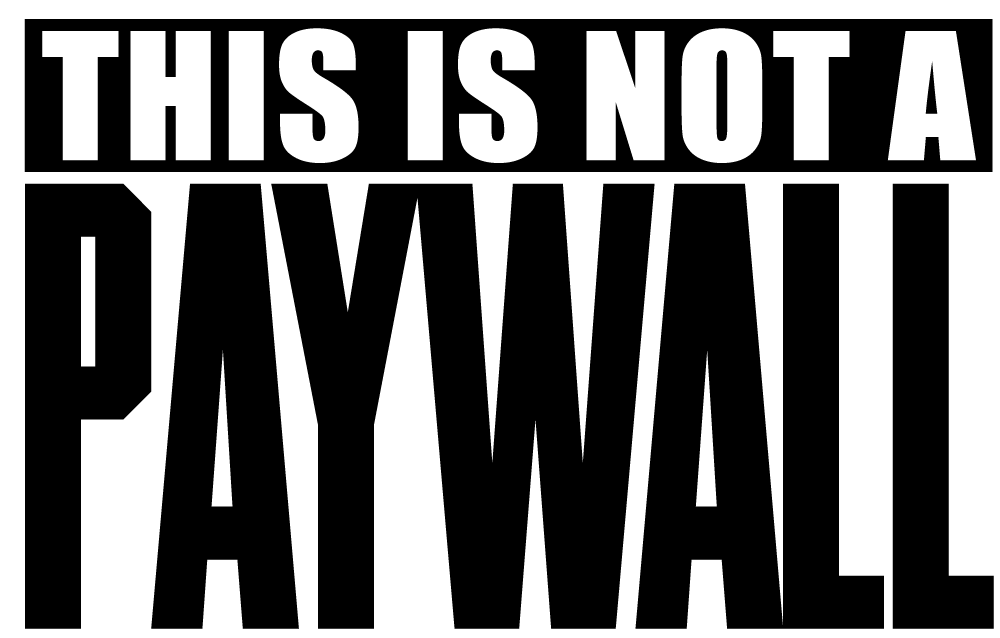|
“The power of fire is so intense and humbling.”
Three weeks ago, I wrote to you about how northwest B.C. reporter Matt Simmons dropped working on a pretty incredible feature story to cover the premature wildfires that erupted in various parts of British Columbia. That piece, about a Gitanyow-led effort to use fire to heal the land, was published on our site a few days ago — the first in our brand-new series, In The Line of Fire.
Kira Hoffman, a fire ecologist who worked with Gitanyow, texted Matt the night before the cultural burn to invite him to come and witness it himself. Knowing he couldn’t pass up the offer, he headed out to the territory in late April to see how the ignition team calmly painted the dry landscape with blazes that help restore cultural connections, heal the land and strengthen communities. (He’s ordering a new hard hat, we swear!)
For thousands of years, fire was brought to the landscape to manage resources like food and medicinal plants and the animals that eat them. The suppression of Indigenous fire practices, along with other aspects of cultural life — among the genocidal policies enacted by colonial governments in Canada — made the forests more flammable.
Now, the BC Wildfire Service is teaming up with Indigenous communities to support these burns. And with more than 30 burning projects already taking place in the province, a new chapter of collaboration has begun. “I think it’s a beautiful thing,” Gitanyow Elder Darlene Vegh said.
For Matt, the sensory experience of being so close to the flames was all-encompassing: the sound of it, the smell, the wall of heat, its movements and colours. “Watching how everyone interacted with the fire was so fascinating,” he told me. “There’s this amazing sense of calm and control — it was really reassuring.”
|






